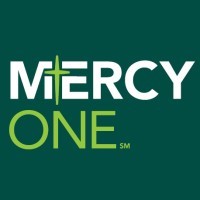|
Family Medicine Midwest Conference 2023
The 2023 Call for Abstracts is now closed. Submitters will be notified as to their acceptance status in the second half of July.
1. Purpose for Poster Sessions: An effective poster presentation is not simply a journal article hung on a wall. It should be a highlighted synopsis enabling the viewer to move quickly through the analysis of the topic. Resist the temptation to reproduce full pages of typed material. Viewers will be more intrigued by crisp phrases and brief lists. Full pages of text are unlikely to be read, and the crucial point of your presentation may be overlooked in an overabundance of words. 2. Dates & Times: In order to discuss their work with attendees, poster presenters are required to staff their poster during their assigned presentation time. However, your poster may be on display for the entire day you are assigned. A numbered list of posters will appear in the conference program of your registration packet to assist you in locating your poster space.
The poster header should be at least four inches high showing the title of the presentation and the names of the authors or presenter(s) and their institution(s). Viewers will be standing from three to six feet away from the poster, so lettering should be easily legible from that distance. Viewers often look for content to flow from their left to right, and poster authors often organize their content and graphics in columns or groupings that move from the viewer’s left to the right. Authors usually display the following information: a brief statement of the study question or problem, a brief description of the methods used or main program elements, graphs or figures depicting the results, and conclusions and/or recommendations. References and acknowledgements are often provided, sometimes in a font that is smaller than other poster content. Remember that the presentation is primarily a visual one, and make maximum use of figures, graphs, diagrams, and flow charts on the panels used. Your poster should be self-explanatory. Authors sometimes provide an accompanying handout, but this is not required. If you wish to supplement your presentation with handout material, please label it clearly with the title of your presentation. Size: The poster board size will be announced in the acceptance emails. Push pins will be supplied. 4. Preparation Tips:
NOTE: FMM does not provide electricity or audio-visual equipment for poster presentations. 5. Editorial Assistance: Necessary material(s) and/or labor for processing/displaying poster presentations are the sole responsibility of the presenter. Please contact Sara Ortega at [email protected] with questions about the submission process. All poster submissions must be submitted electronically using the online call for abstracts form. Important Dates
|

